

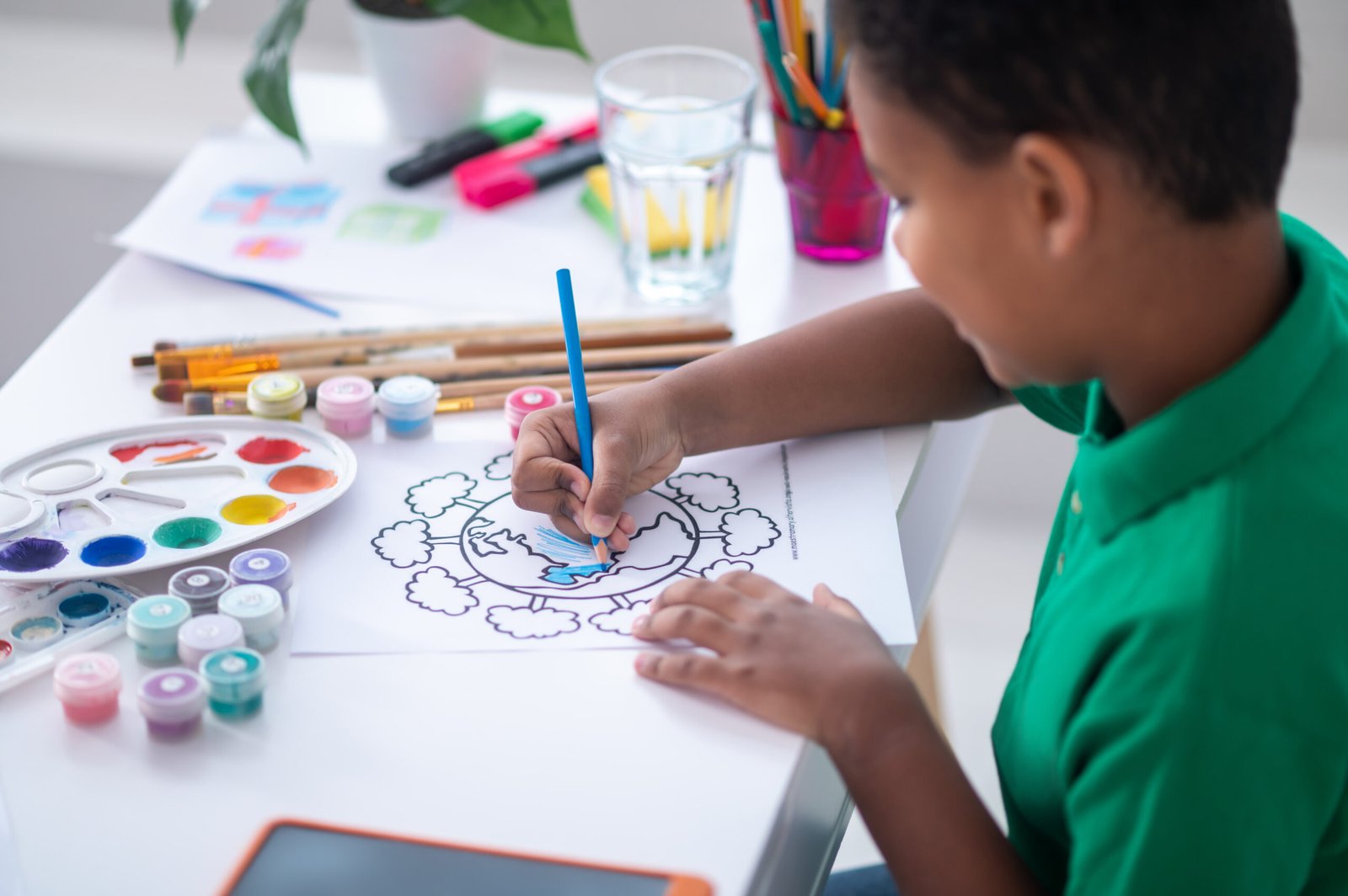
ART
What is Art therapy
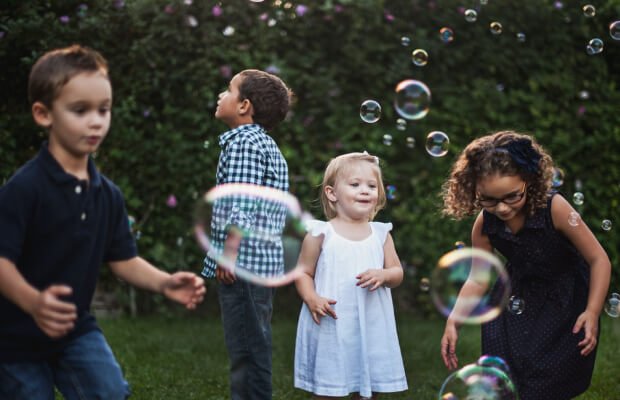

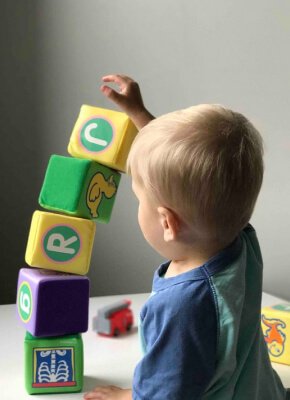
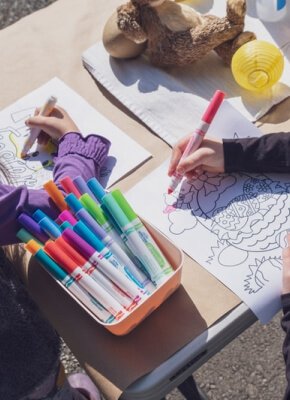
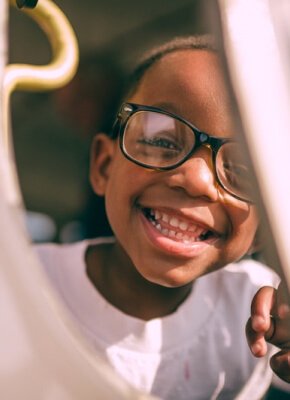
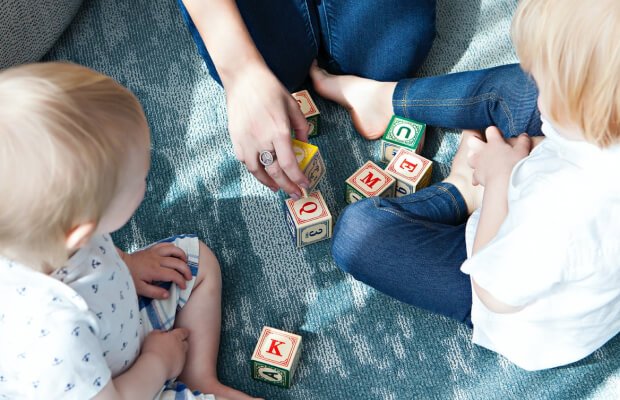

How does art therapy help children?
Children of all ages have needs that range from mundane to special, both of which need to be paid attention to. However, children may not have the language skills necessary to express all of those needs.
Through expressive arts, such as drawing, acting, painting and song, a child’s imagination and creativity awaken, helping them discover themselves and engage their senses.
Art therapy can have a positive impact on a child’s development, by influencing their mindset, interpretation of their surroundings and emotional state.
It also helps by giving children a safe outlet for negative emotions through an enjoyable activity, which accelerates the healing and growth process
But expressive arts aren’t just for coping, they also have great effects on a child’s normal development.

Daily activities
BENEFITS OF ART THERAPY
emotional expression
Allows children to express suppressed emotions, as well as feelings associated with sickness, trauma, and grief
self awareness
Children can develop and improve their self awareness through artistic expressions.
self esteem
Art therapy can help children improve or even boost their self esteem and confidence.
healing
Art Therapy is beneficial in helping a child heal from problems and trauma, as a positive coping and healing tool as well as an expression of the child and the world around them.
Means of stress relief
Engaging in artistic activities can reduce feelings of stress, anxiety and depression. It can also give them a sense of calmness.
problem solving
Children improve their problem solving skills through using their imagination, while allowing them to see problems through a different perspective
social skills
Whether they are in a group or with another person, children can improve their communication skills through artistic expression.
comfort
Through art, communicating becomes fun, effective and safe. Creating an environment of comfort and trust allows the child and the therapist to begin to understand one another.

Art therapy and social development
Establishing social skills from an early age is crucial to a child’s development. According to a research, children who are comfortable in social settings operate much better as adults, as they establish connection,
communication and empathy
Expressive art therapy can enhance social development by providing judgement-free support from peers, parents and the therapist. Children get the opportunity to appreciate differences between people and accept each individual’s perceptions.
There are many artistic activities that can be practiced in groups, where children have to work together, learn to share and accept responsibility for how their actions affect others
Even in private settings, interactions with the therapist, or even the parents, contribute to the development of social skills, as it encourages relationships and trust.


Art therapy and cognitive development
Experiences in the arts go hand in hand with learning. Whether painting a picture, writing a play or choreographing a dance, children are forced to learn simple things like colors and
shapes, as well as experiential lessons like cause and effect, choices and consequences, problem solving and experimenting, and how to make decisions. They can also learn how to draw meaning from visuals and communicate through them.
On a deeper level, art may have an impact on the brain’s neural connections, which act as the wiring for learning. Whichever art form is being utilized, the senses have to operate and deep thinking is a requirement. This leads to the development of skills such as recognizing the difference between abstract and reality, understanding patterns, making observations about the world, and forming mental representations of what is real or imagined
Overall, the expressive arts help children develop comprehensive thinking capabilities through the interaction of complex thought processes


Art therapy and emotional development
In addition to being an emotional outlet for children, expressive arts therapy can actually help them develop and better understand their feelings.
Being angry or hurt is not always easy to describe in words, but a child can put these emotions into a drawing, poem or dance and make it easy for themselves and others to comprehend.
Art therapy also creates a starting point for conversation, which can lead to a more open expression of feelings and thoughts. At this
point, the therapist, parent or child may even be able to tap into emotions none knew the child had
Involvement in art activities also allows kids to grow confidence. It’s a way to open up dialogue about situations that may be hard to deal with or share. Getting their emotions out in a creative way can be both therapeutic and insightful.


Art therapy and physical development
Apart from mental and psychological benefits, which are more known, art therapy offers physical benefits and changes that come through continuous practice.
Improved motor skills and control, hand-eye coordination and muscle development can be achieved through the different modalities of art.
For instance, dance and theater not only spark creativity, but also get the body moving. This puts multiple senses into action and teaches children to become more conscious of their physical presence and use of space.
Drawing or writing, although they don’t require as much movement, also provide physical benefits by helping kids gain control
over the small muscles in their hands. Whatever the action, these activities help children coordinate their thoughts and motions, which is a key step of development.


Conclusion
Art therapy is a medium for helping kids deal with challenging emotions and express their thoughts and feelings
Art therapy allows children to process the things that have happened to them and helps reduce stress and anxiety as they work through these challenges
By providing kids a safe place to express their negative feelings and emotions, art therapy can help improve a child’s mental, emotional, and physical well-being
More than just a joyful place
Would you like to book an art therapy session for your child? Consider making an appointment below.